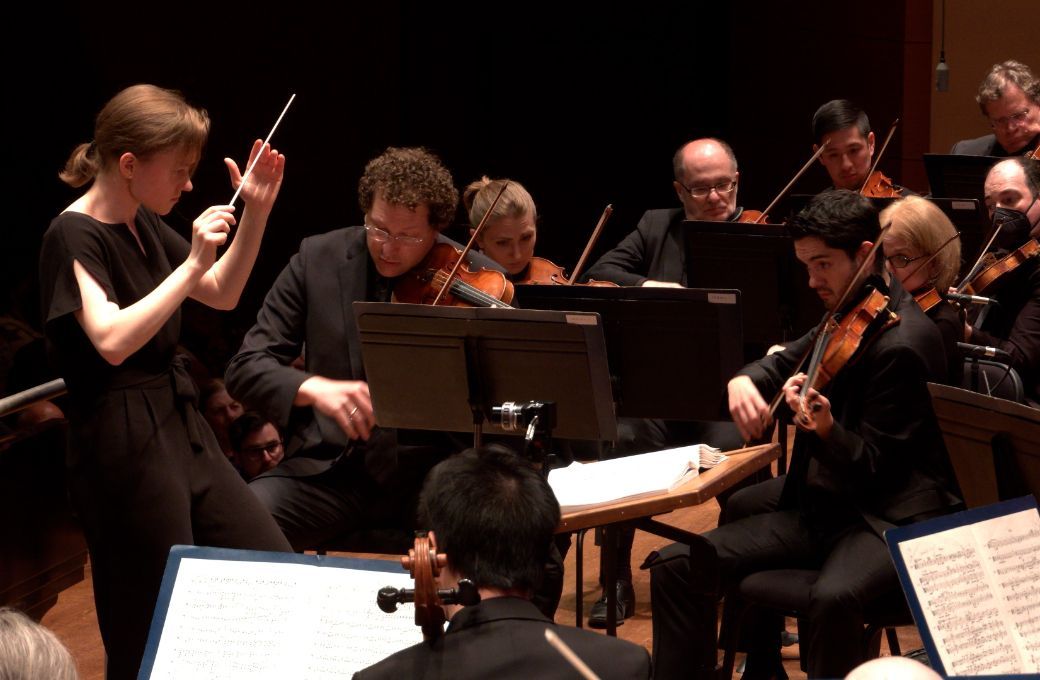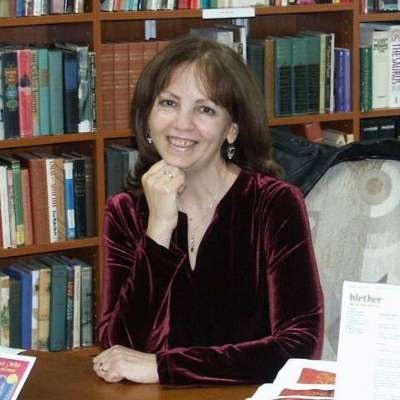What better way to celebrate the birth anniversary of a composer who wholly identified with the piano than to present performances of all of his concertos for the instrument? As part of their Rachmaninov 150 celebrations, the Seattle Symphony offered nos. 3 and 4, which required a wide spectrum of challenges for pianists Natasha Paremski and Albert Cano Smit and conductor Katharina Wincor. It was a rare treat to witness both of these concertos in one sitting, performed by these young competition winners.

Wincor, a rising star in the conducting world and prize winner in the 2020 Mahler Competition, is familiar to audiences from her widely praised 2021 debut with the Dallas Symphony, which appointed her assistant conductor of the orchestra at age 24. Bouncy and energetic, with a fine sense of pacing, phrasing and special emphasis on the passages requiring delicacy and sensitivity, Wincor made a favorable impression in her accompaniments to these two challenging Rachmaninov works. She showed great command of a large orchestra and keen knowledge of the scores, though her wide gestures could be distracting and at times she allowed the large, tutti orchestra to overpower the soloist. The Seattle Symphony strings, under the leadership of their outstanding concertmaster, Noah Geller sounded especially lush in Rachmaninov’s generous orchestration.
The Piano Concerto no. 3 in D minor, which the composer premiered in New York in 1909, is widely considered the ultimate proof of a performer’s command of the instrument and was a personal favorite among his piano concertos. It requires an interpreter with a technique that is watertight but who also brings fire and passion to a performance.
In her rendering, the Russian-born Paremski not only proved how well suited she is to her compatriot’s piano compositions but also showed herself worthy of the buzz that has surrounded her performances on the international stage. Her technique was flawless, and she played effortlessly, with flair and expertise, alternating between lyricism, power and stunning virtuoso flashiness. The first movement Allegro ma non tanto was riveting from the first, and the cadenza was masterfully rendered. The pianist exhibited the sensitivity of a chamber musician in the deeply emotional, introspective second movement, Intermezzo: Adagio. The finale was the kind of rapid-fire, rousing rendition that brings an audience to their feet.
Paremski’s performance was a hard act to follow, but Cano Smit was more than up to the task. An alumnus of the Verbier Festival Academy, he is also a prize-winner at the Young Concert Artists, despite still being a student at the Juilliard School.
Cano Smit performed the 1941 version, the third and final revision, of Rachmaninov's fourth and final concerto, which is more complex than the previous three, with more clear-cut thematic contours and polished textures for both soloist and orchestra. Two Allegro vivace movements bookend a Largo movement in the middle.
Though much shorter than the Third, this work is ultimately more difficult to bring off effectively, and the young pianist showed a vast array of capabilities in his performance. He radiated youthful exuberance and confidence, but most impressive was a natural innate talent rarely seen on any stage. The playing was masterful, technically and interpretively complete, yet so mature that one had the impression he had been born with a keyboard under his fingers. Alternately delicate and aggressive, introspective and transparent, with a sense of style beyond his years, Cano Smit won the hearts of his audience from the beginning and captivated them throughout.


